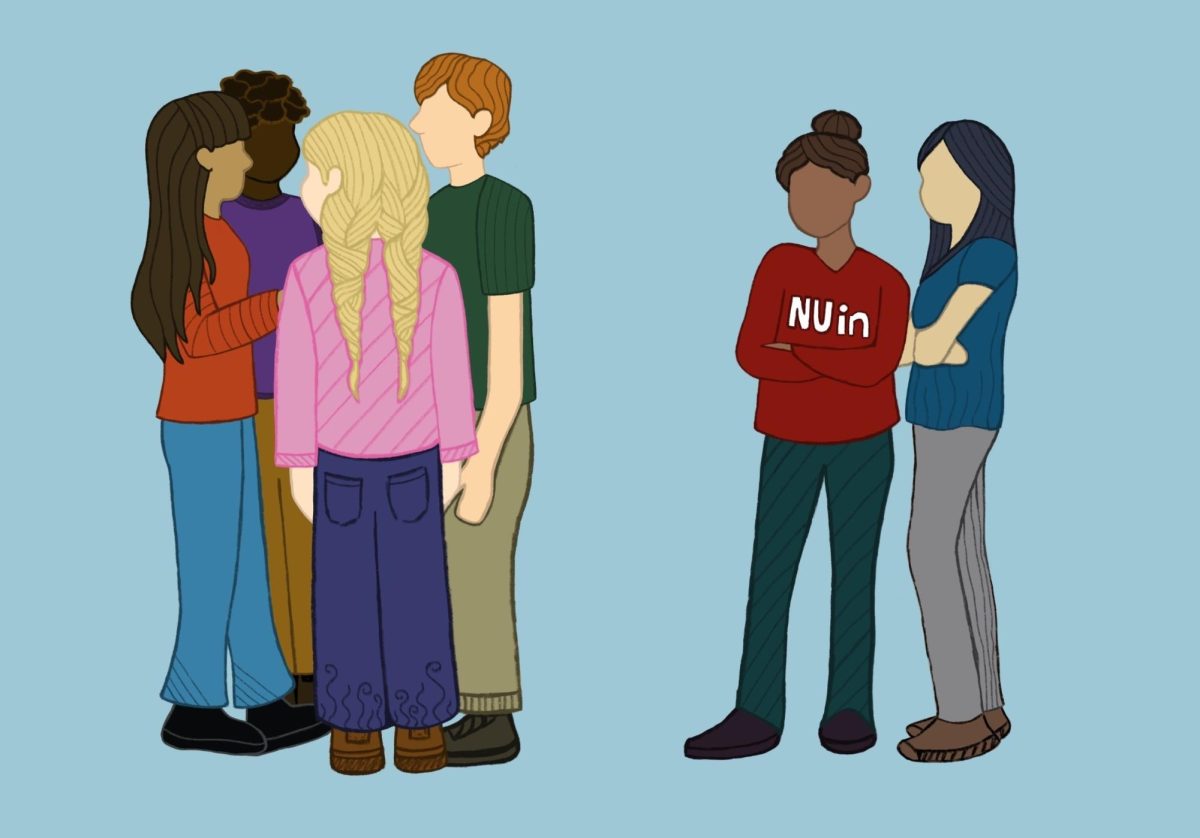By Mike Rougeau
Call of Duty 4
When Activision released the original “Call of Duty” for PC in 2003, it was met with critical and commercial acclaim. The superb scripted events (events not controlled by the player) and high level of immersion set standards in the first person shooter genre.
Fast forward to October 2007. During the past four years, Activision had released two sequels, as well as a number of expansions, to the original “Call of Duty.” All took place during World War II, a setting which lends itself perfectly to the game’s fast-paced, epic battles.
“Call of Duty 4,” the latest in the series, was just around the corner and hit shelves for PC, Playstation 3 and Xbox 360 in 2007. However, something was different: the subtitle, “Modern Warfare.” When and where exactly does this game take place? The answer – in a fictional present-day world populated by evil, nuclear weapon-wielding Middle Eastern dictators – had many gamers raising their eyebrows.
The skeptics can breathe a sigh of relief, because “Call of Duty 4” is the best title in the series yet. Developer Infinity Ward has somehow managed to maintain the perfect feeling of intense, semi-realistic action prevalent in “Call of Duty” 1, 2 and 3, while transferring the entire package to a sleek, modern warfare setting.
The battles are more epic, the weaponry is more interesting and the action is even faster than in previous titles. Each mission of the solo campaign feels completely different from the others, from full-on frontal assaults to tense, camouflaged assassinations and nighttime infiltrations.
The multiplayer mode stands up easily to other recent gaming giants like “Halo 3” and “Unreal Tournament 3.” Many varied courses are lifted from the single player campaign. This may irk some players, but nevertheless, the maps are beautifully laid out and adapted for free-for-all, team deathmatch and other objective-based game types.
The highlight of the multiplayer mode, and the feature that will have players logging dozens of hours, is the “perks” system. As points are earned in matches, players are able to “level up,” thus unlocking various perks. Perks include better weapons and equipment, increased bullet damage and even the ability to drop a live grenade or pull out a pistol to get off a last few desperate shots before dying.
These perks can then be mixed, matched and applied in online multiplayer mode. The resulting custom classes give experienced players an edge, while simultaneously providing newer players a perfect incentive to keep practicing.
The graphics are gorgeous, the controls are rock-solid and even minor flaws like the relative brevity of the solo campaign can’t keep this game from being one of the best of 2007.
Folklore
Sony’s Playstation 2 was, by most accounts, the king of the last generation of video games, and the Playstation brand in general is almost solely responsible for making the role-playing genre what it is today. So why are there so few role-playing games (RPGs) on the Playstation 3?
Many people are familiar with RPGs, whether they know it or not, through the “Final Fantasy” series. “Final Fantasy VII” on the first Playstation effectively pushed the genre into mainstream North American gaming culture in 1997.
Playstation 3 owners may find themselves wondering what to play while they wait for the coveted “Final Fantasy XIII” (yes, there are 13, and most of them are good). The answer, although it may not last long enough, is “Folklore.”
Released in October 2007, “Folklore” rode in on a medium-sized wave of hype that it only partially lived up to. Although some gamers have become endeared to its beautiful, imaginative visuals and old school collect-’em-all gameplay, its repetitive gameplay failed to please everyone.
“Folklore” is played from the perspectives of two characters: Ellen, a young woman searching for her dead mother, and Keats, a cult magazine reporter investigating a mysterious phone call. Both find themselves led inexorably to the small village of Doolin, where they are enticed by night to enter a magical land of faeries and monsters. In this netherworld they unwittingly fight for opposing sides in an ever-escalating conflict.
The plot is very important to the game, and by day, the characters investigate clues and interrogate villagers in order to unravel the mysteries of the village’s bloody past. Granted, the “interrogation” is just dialogue, but it is nevertheless mostly good dialogue. By night, Ellen and Keats enter the netherworld, which is where the gameplay really begins.
In the netherworld, the player must defeat and capture the Ids, or essences, of monsters called folks. Once a folk’s Id is absorbed by the character, that folk can be used in battle against other, more powerful folks. The folks can be improved and each one is extremely different from the others. The gameplay basically feels like Nintendo’s “Pokemon” combined with Sony’s “God of War,” but on a somewhat smaller scale.
This old-fashioned gameplay can sometimes become tedious, although it is a boon to more patient players desiring something a little closer to the roots of the genre. Players can spend hours leveling up their folks, or they can breeze through the story and only capture those necessary to proceed.
The art style is original, and each folk, faery and character has been designed with utmost care. The graphics are stunning, as is expected of a Playstation 3 title, and every aspect of the environment and the characters has been rendered in great detail. “Folklore” isn’t for everyone, but for those Playstation 3 owners who appreciate pure artistry, it’s nothing short of a blessing.









